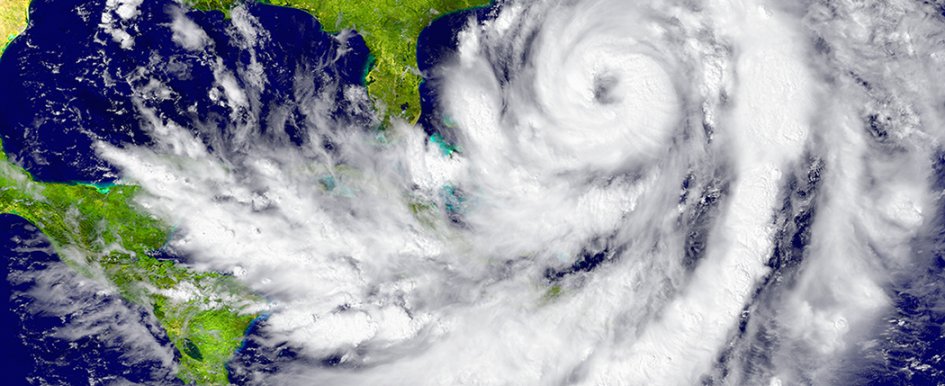
For most of us, hurricanes are on the brain (at least periodically) for 6 months—June 1 through November 10. But for Daimon Perez, hurricanes are top of mind all year long. As Skanska U.S.A.’s director of environmental, health & safety, Florida, Perez is tasked with focusing on weather-related regulatory and compliance issues 24/7.
“I travel around the state of Florida, making sure all employees are compliant. To do this, I communicate plans and instructions, and then I ensure they’re implemented. This way, I help solve potential problems before they’re very present problems,” says Perez.
The National Oceanic Atmospheric Administration’s (NOAA) Climate Prediction Center predicts that, this year, there will be “9 to 15 storms (with winds of 39 mph or higher), of which 4 to 8 could become hurricanes (with winds of 74 mph or higher), including 2 to 4 major hurricanes (category 3, 4 or 5; with winds of 111 mph or higher).”
In other words: there’s no shortage of work for Perez. “[By June], it’s raining every single day here,” says Perez. And it keeps getting wetter.
The NOAA Centers for Environmental Information state that the past 12 months have been record-breaking for precipitation levels in the United States, with April, May and June (at all-time highs) each breaking the record of the previous month. These conditions have resulted in an “average of 37.86 inches [of rain] (7.90 inches above average).”
“As a construction professional, if you’re not prepared for this weather and conscientious about its repercussions, you put yourself at great risk,” says Perez. To help contractors combat as much risk as possible, Perez offers his top five actions active construction sites should take far before the threat of a hurricane is present. In no particular order, they are as follows:
1. Update Your Severe Weather Plan
This includes making sure all project contacts, emergency contacts and procedures for reaching those contacts are up to date. Have all processes for sending updates to those contacts as readily available and fresh as possible also. Inevitably, not all office, crew and field members will be in the same place when it’s time to take action. In this situation, it is important that everyone know how and when to send, receive information.
The last thing you want is to have all the tools for effective preparation, yet lack updated information. As such, Skanska has an emergency contact identification system that connects all persons working on a project, in all areas, to help them adequately prepare.
2. Secure Materials & Equipment
These include water pumps for water removal on-site, heavy equipment for moving big loads, and forklifts. In addition, ensure that these are in good working shape. Having them on hand, but not ready for work, is no good. Once you have the need for it, it’s too late.
And you will not only need these materials and equipment for yourself—your neighbors will need your help as well. If you aren’t prepared, your community, not just your crew, will be affected.
3. Be Constantly Moving Debris
Before the storm, while you are still active on the jobsite, be vigilant about debris and work to move it out of the way as swiftly as you can. The storm will cause its own debris, which you will also need to remove, making sure equipment and trucks have room to move through and that the debris is not causing damage to your site.
4. Have Water Removal Systems in Place
Once water starts coming in, you will have to move quickly to get it out. Making sure all systems and processes are in place to do so makes the task less stressful and more efficient.
5. Secure the Property, Close the Site & Send Your People Home
Materials are important, but they can be replaced. Make sure that they’re secure. But quickly shift all of your focus to people, who are indispensable.
When asked if he can pick a top piece of advice, Perez has a difficult time choosing just one. “Be prepared early on for the unpredictable. Thinking ahead is the key. Work lean—use only materials you need on that one project in one place for this week. You can reassess the following week. And keep your site clean and organized,” he says.
But most importantly, Perez states, “Be a good neighbor and keep your people safe. It’s a win-win mindset.”
